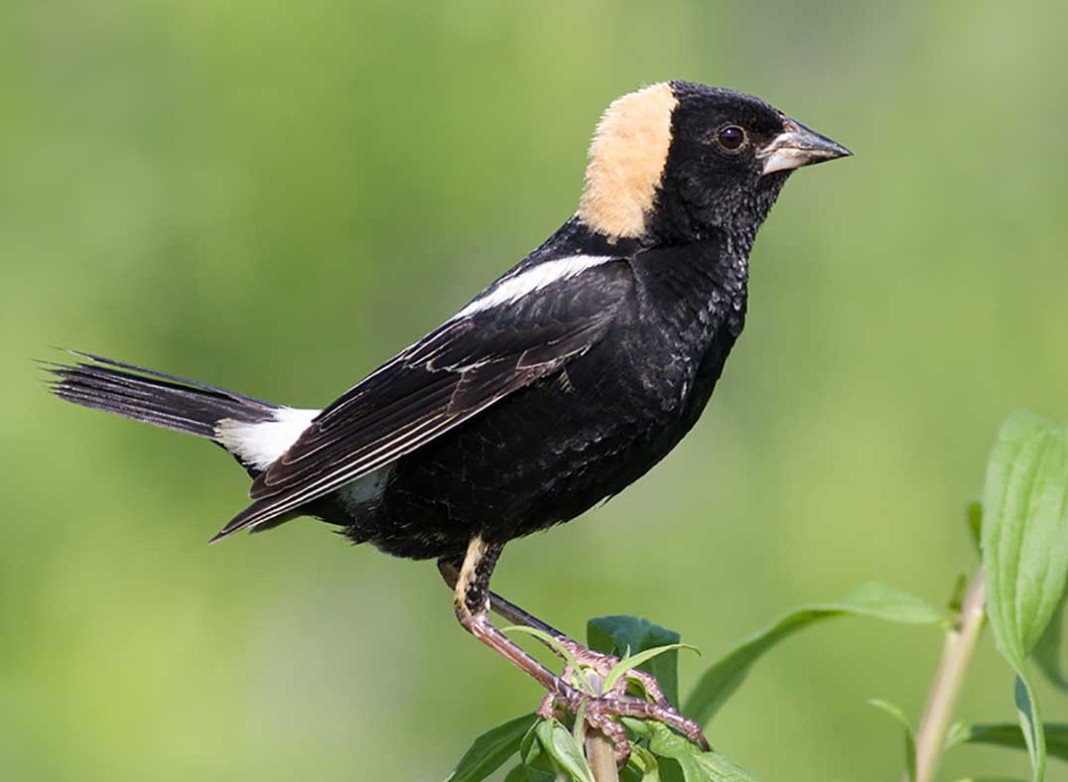MANITOULIN—Farmers got some good news just prior to the new year in a decision made by the provincial government on the development of the government’s response statement for bobolink and eastern meadowlark under the Endangered Species Act, 2007.
In 2015, concerns had been raised by local farmers that under the Ontario Ministry of Agriculture Food and Rural Affairs (OMAFRA) bobolink forage trial project, looking at the quality and quantity impact of leaving hay for later harvest. Under this, farmers would not have been exempt from agriculture activities being free from complying with Ontario’s Endangered Species Act (ESA) for this, after December 31, 2015.
“A decision was made on December 9, 2015 to proceed with the proposal as described, subject to minor modifications to improve clarity and accuracy of species information and recovery actions, based on input received through public consultation, as well as comments received from other provincial ministries and the federal government,” a government statement read.
Fiona McGuiness, senior policy advisory with the Ministry of Natural Resources and Forestry Policy Division, told the Recorder just prior to Christmas, “for bobolink and eastern meadowlark, two postings went up. Last week one final response was posted by the government to these two species, and a policy decision notice on bobolink and eastern meadowlark.”
“A decision was made to proceed with the proposal, but also to extend the exemption for agricultural operations from the protection provision, meaning farmers are exempt until December 31, 2025,” said Ms. McGuiness. “There was a previous exemption that had been set to expire at the end of this year (2015).”
“I guess without this extension the government would have had to charge every farmer in the country,” stated Ken Noland, a Burpee-Mills farmer. “What choice would there have been? Under what had been proposed we couldn’t disturb the bobolink when, for instance, they were nesting.”
The legislation would have meant that farmers who had bobolink on their property that were nesting or laying eggs wouldn’t have been able to cut hay until later in the season to accommodate the birds. “But there is not much use of cutting hay later in the season,” said Mr. Noland. “At least in Northern Ontario we have a very small window to do our haying, depending on weather.”
The public comments on the proposal “were generally supportive of the proposal, in particular for the proposed grassland stewardship initiative complementing the 10 year exemption for agricultural operations from the protection provisions of the ESA,” the MNRF posting states.
The bobolink is a medium-sized songbird in the blackbird family, while the eastern meadowlark is also a medium-sized blackbird. The occurrence of these species across Ontario continues to reflect their relationship with agricultural landscapes, and they are most common in areas of expansive agricultural grasslands, such as hay and pasture farm fields.




